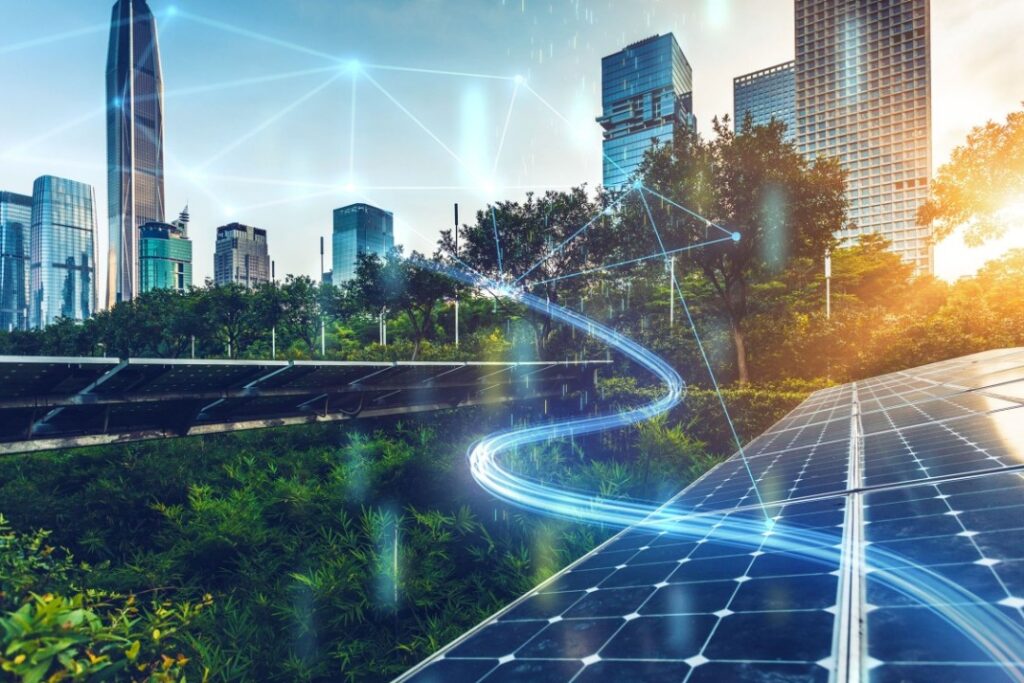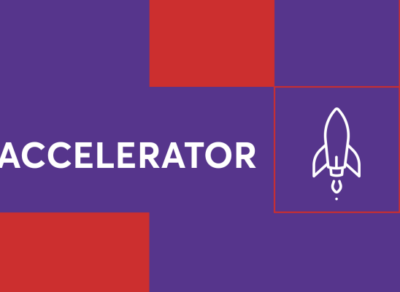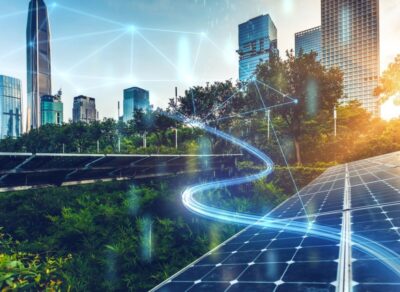We only need to invest a further 2% of the global GDP in stopping climate change
In a recent article, “The Surprisingly Low Price Tag on Preventing Climate Disaster”, Yuval Noah Harari suggested that we only needed to “invest a further 2% of the global GDP” to stop climate change.
Interview between the city of Aulnay-sous-Bois and Insight Signals.
Computing 2% 
“According to the International Energy Agency, achieving a carbon-neutral economy would require spending only 2 percent of the world’s annual GDP, on top of what we already do for our energy system.”
Indeed, most climate economists estimate that the additional investment to achieve the decarbonizing of the economy is in the range of less than 10% of annual global GDP.
This statement echoes the 2018 report to limit global warming to 1.5°C from the Intergovernmental Panel on Climate Change. Its diagnostics that the “annual investment in clean energy must increase to about 3 percent of global GDP”. The value of the 2020 global investment in clean energy already represents about 700 billion USD, close to 1% of the 84 600 billion USD World GDP. Hence the need to invest a further 2%.
Still too expensive? 
The 2% represents 1,500 billion euros, far below the amount of money to face a significant crisis such as the recent pandemic with stimulus packages amounting to close to 14% of global GDP in 2020.
The 2% investment also means the creation of a myriad of jobs, economic opportunities, long-term ROI, and saving millions of people from illnesses caused by air pollution, for instance.
Today the value of the government’s direct investment in the fossil fuel industry & its social and environmental costs corresponds to near 7% of the annual global GDP.
Therefore, what is needed is Re-prioritization.
How to choose the right projects? 
Re-prioritization would often require making the right investment decisions among multiple alternative investment options. This would require a framework that can match socio-economic benefits with financial investment.
As an example, the AI4Cities project groups six major European cities which have put in place an R&D procurement process to develop AI-based solutions that can reduce C02 emissions. As a selected contender, Insight Signals is currently building an end-to-end Mobility digital twin to understand mobility patterns and support the evaluation of projects with higher CO2 reduction potential. The solution also monitors daily the city’s progress towards carbon neutrality.
What Digital Twins can do for you 
Thanks to Digital Twins, organizations can:
- achieve a deep and granular view of their users and get granular data on CO2 emission.
- anticipate how consumers and societal trends may affect their project.
- qualify quantitatively and qualitatively the impact of their strategies economy through multiple scenarios simulations.
- optimize their ROI and reduce their risks on clean energy investment.
Hence, DTs are a key contributor to building adaptable, resilient, sustainable business models





